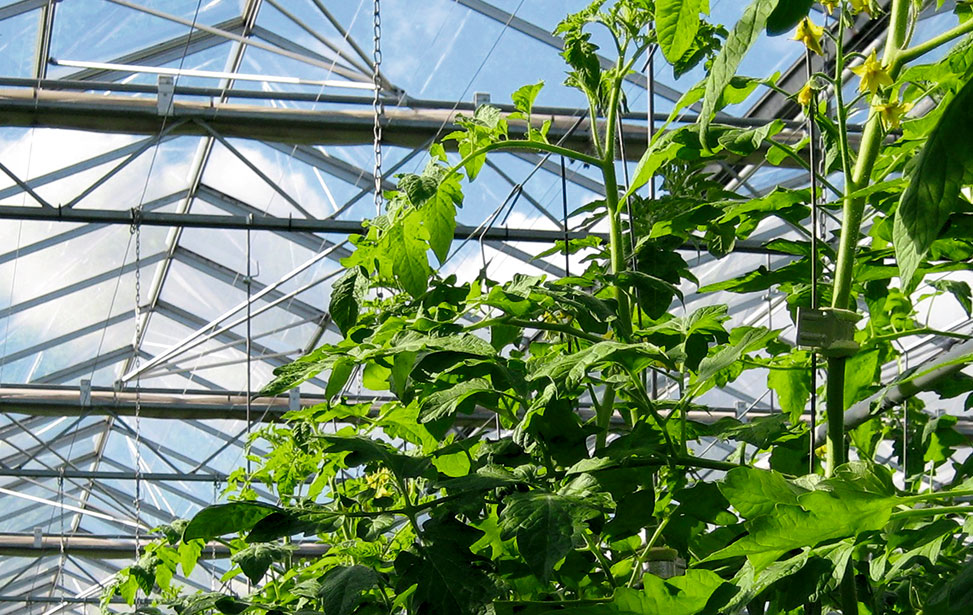EH Innovative Hydrogel Limited (UK) has developed a gel-based substrate, also known as B gross substrate. The substrate is a hydrogel derived from a natural polymer, which is mainly intended for vertical farms, greenhouses, gardeners and even traditional farmers.
Since the substrate is made from biological sources, this makes it more sustainable than other substrates on the market, according to the developers. The substrate has a small mass, it is easy to dispose of, disinfect, it is highly biodegradable (95%), and the remaining 5% is compostable. The substrate is available in the form of sheets, plugs, polymerized powder and granules.
Currently, cellulosic materials and other ingredients are used as the basis for a new substrate.
Launched in 2019, the Gelponics project is a collaboration between startup AEH Innovative Hydrogel and CHAP Solutions. In addition, the project is supported by the University of Manchester’s Graphene Engineering and Innovation Center (GEIC), Grobotic Systems and CHAP’s partner, the Stockbridge Technology Center (STC).
Trials are currently underway with several crops of lettuce, basil, pea shoots and microgreens.
Innovative substrate sheets are great for growing leafy greens as they provide a light composition, stable pH and ecological properties. One sheet measuring 60 by 40 cm weighs 15 grams compared to traditional mats, which weigh 200 grams. Because the sheets have a fairly flexible format, they can be easily stored and moved around during shipping, ultimately reducing cost as well. When placed in water, the mats automatically absorb water to expand and subsequently accept seeds.
The use of such a material can solve the problem of disposal of the growing medium after use and contamination of the product by the growing medium.












